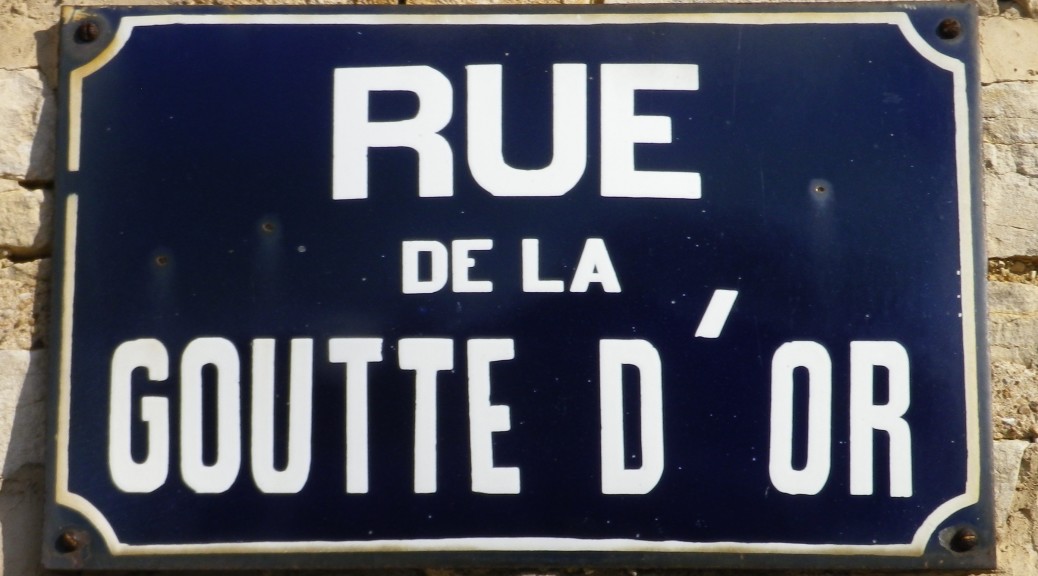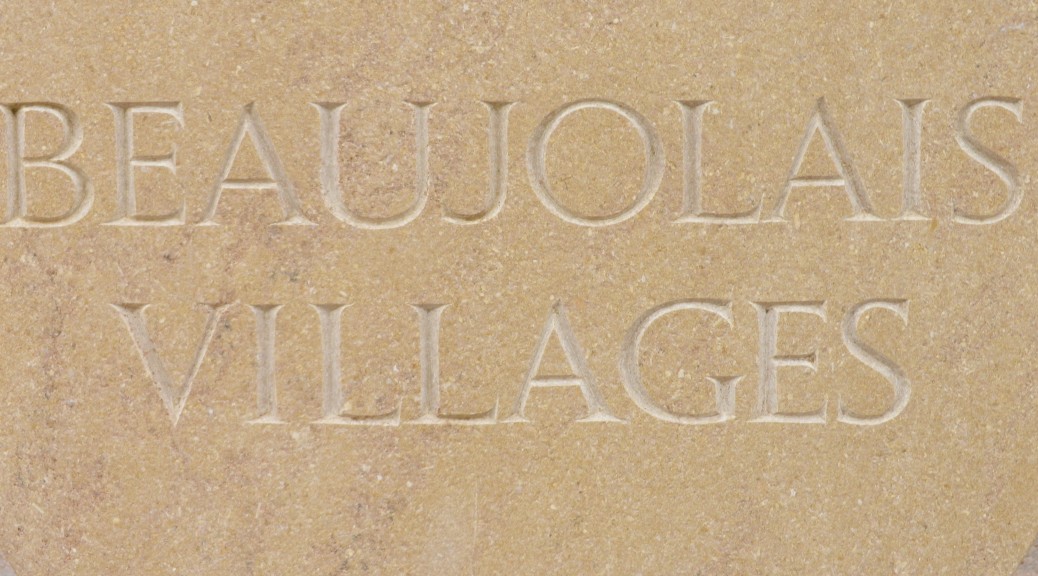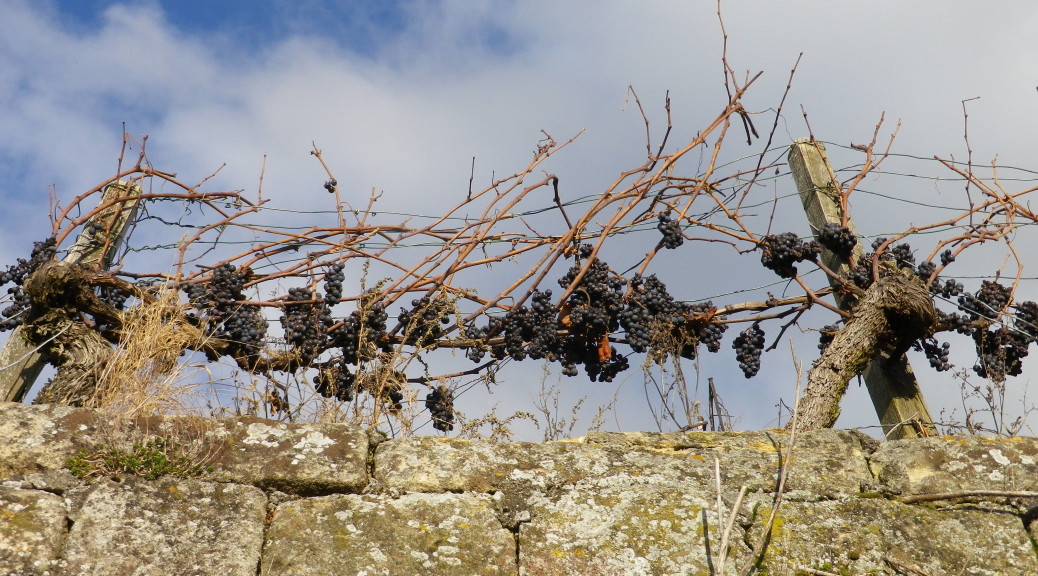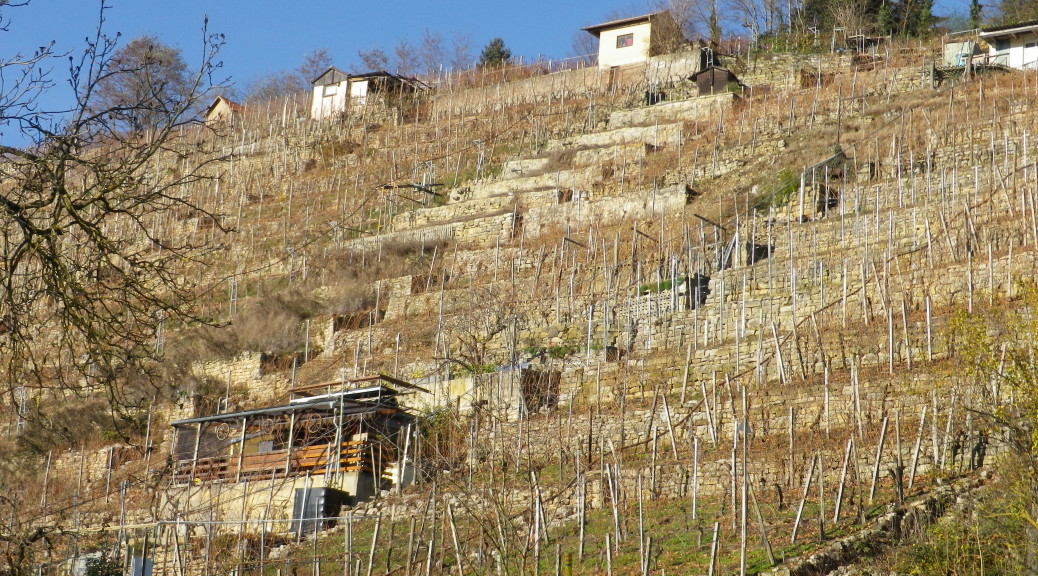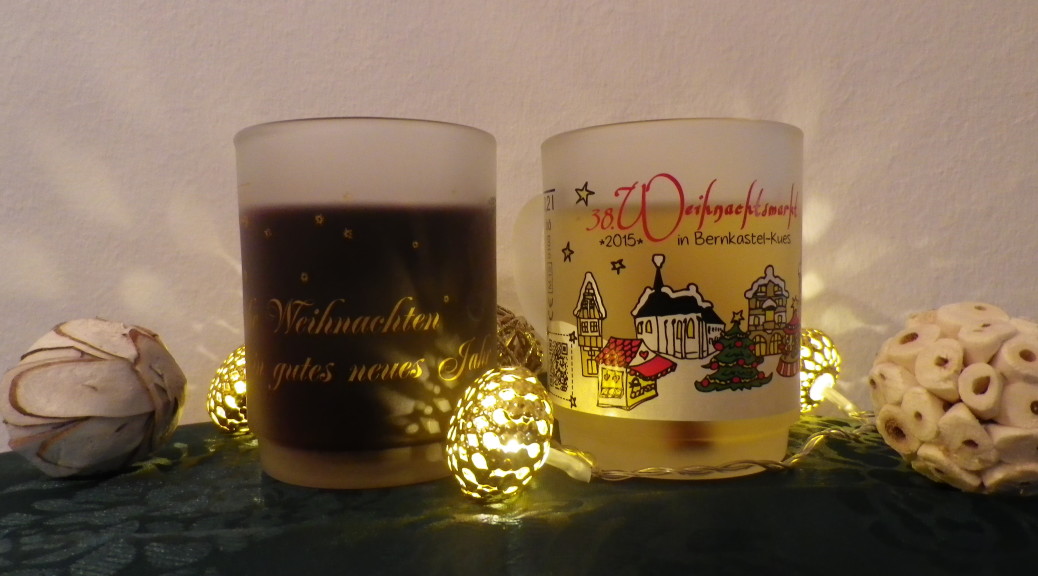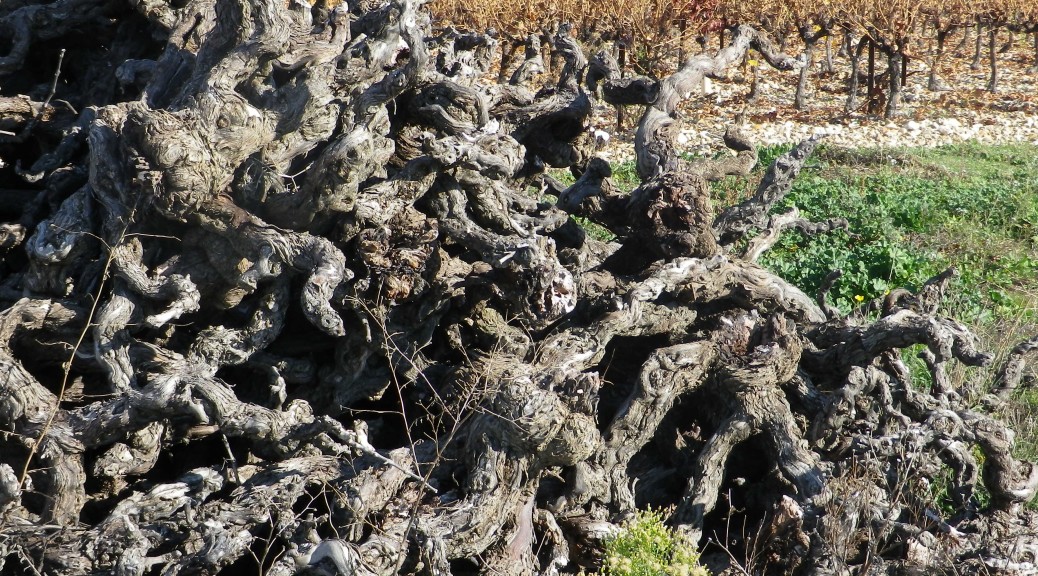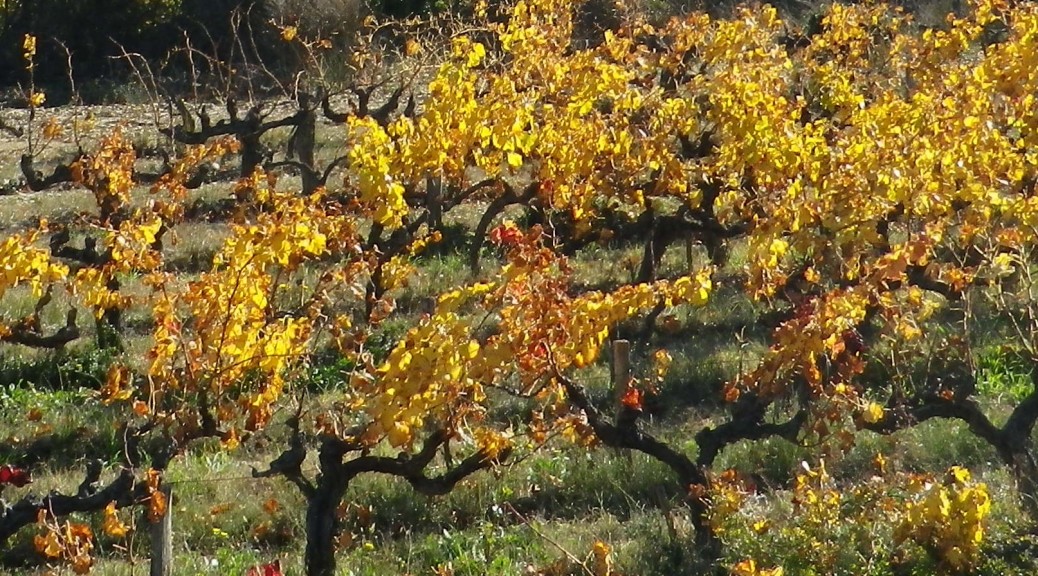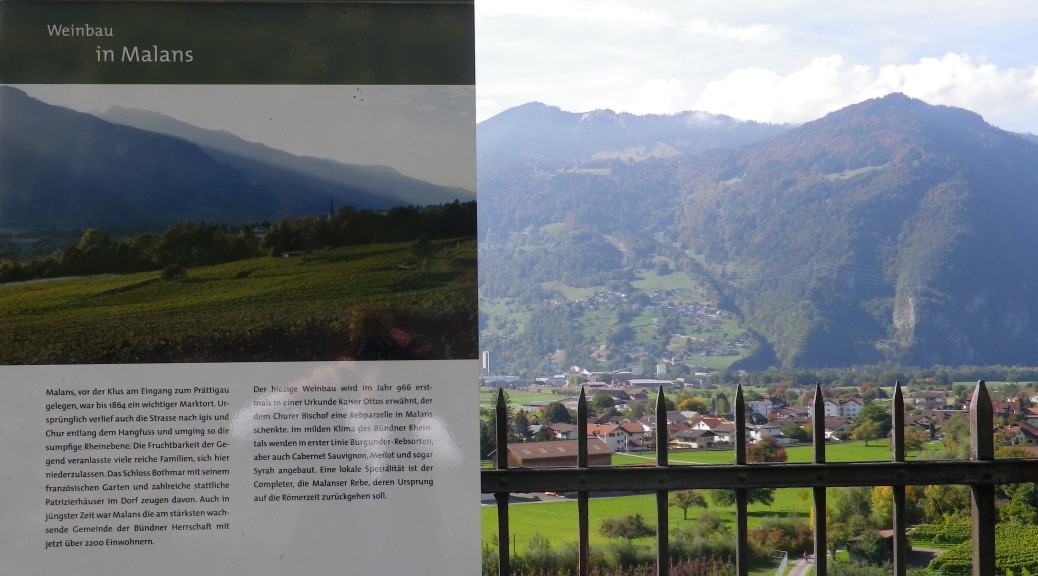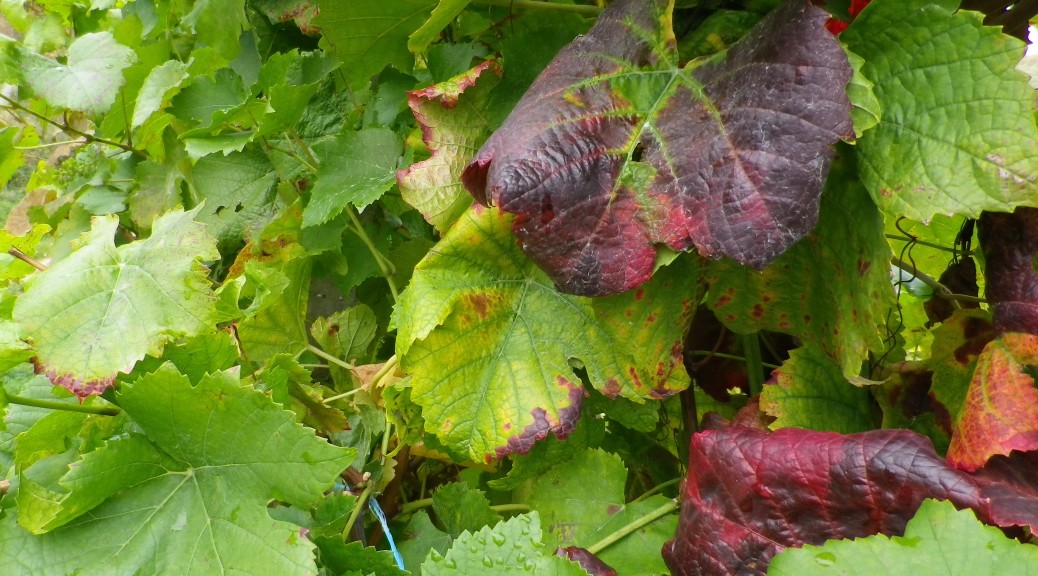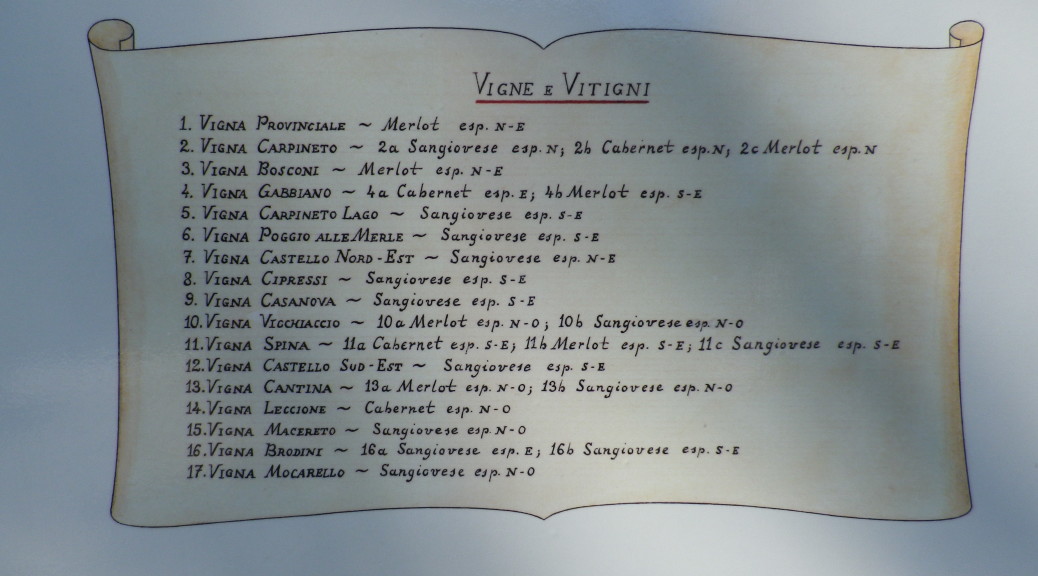What I Learned:
This post is about Chardonnay, the grape and the wine, and its unique expression in the area around Meursault, in the heart of white Burgundy wine country.
Chardonnay is an adaptable grape. It tolerates a diverse range of soils, and climates. Consider its range: from Washington State to China, and below the equator too, from South Africa to Chile and then Australia. Within Europe, a key northern location is in the cool, rainy Champagne region, where it usually comprises part of a champagne blend, whereas a major southern Chardonnay viticulture center is in hot, dry southern Sicily.
